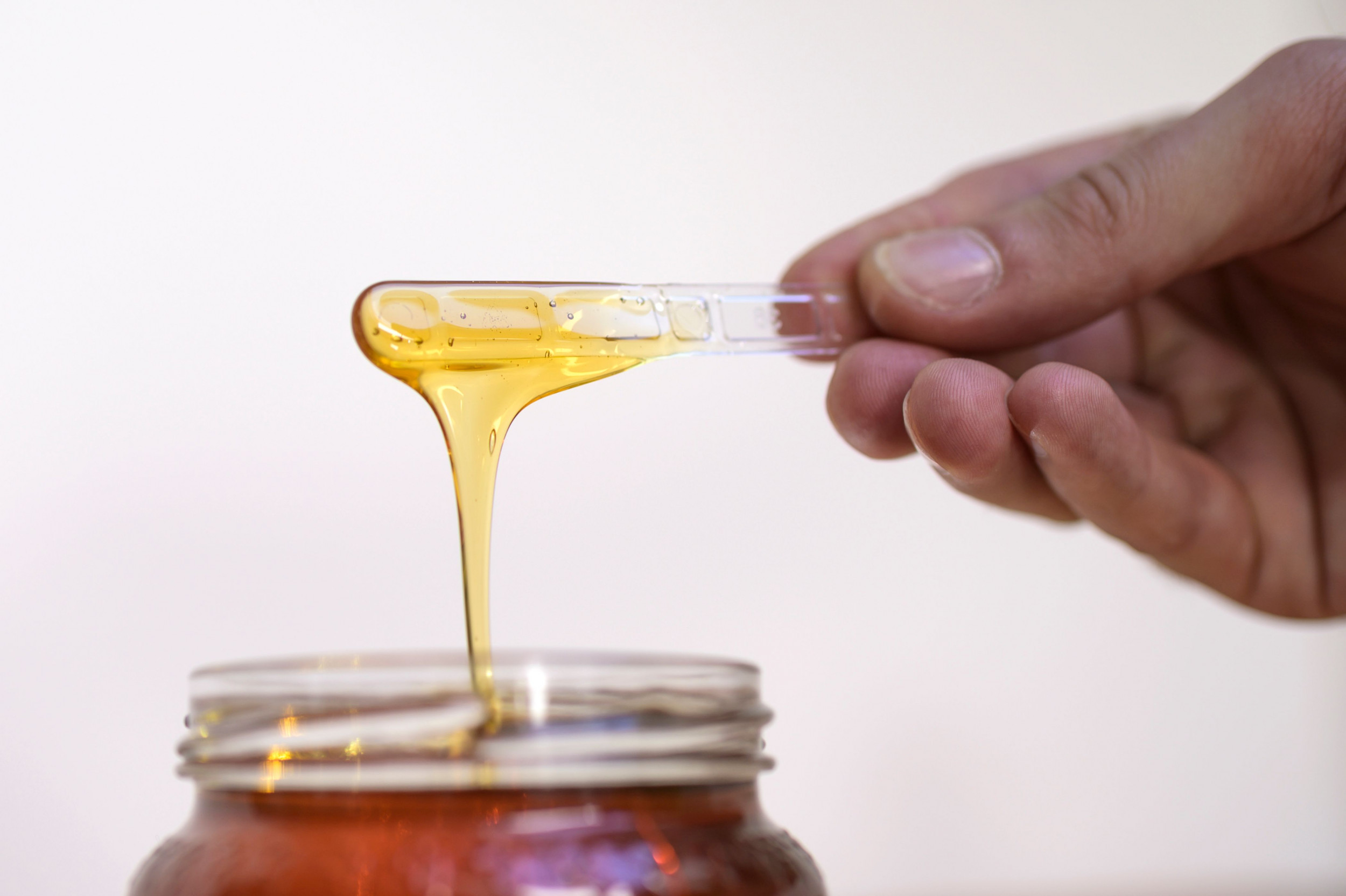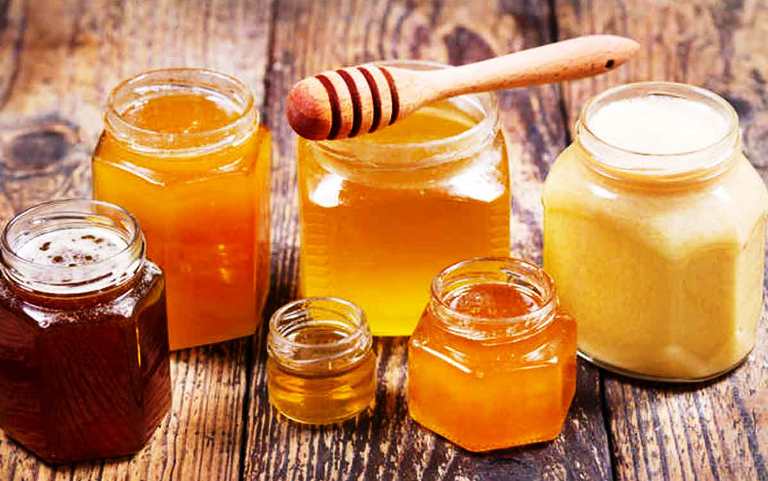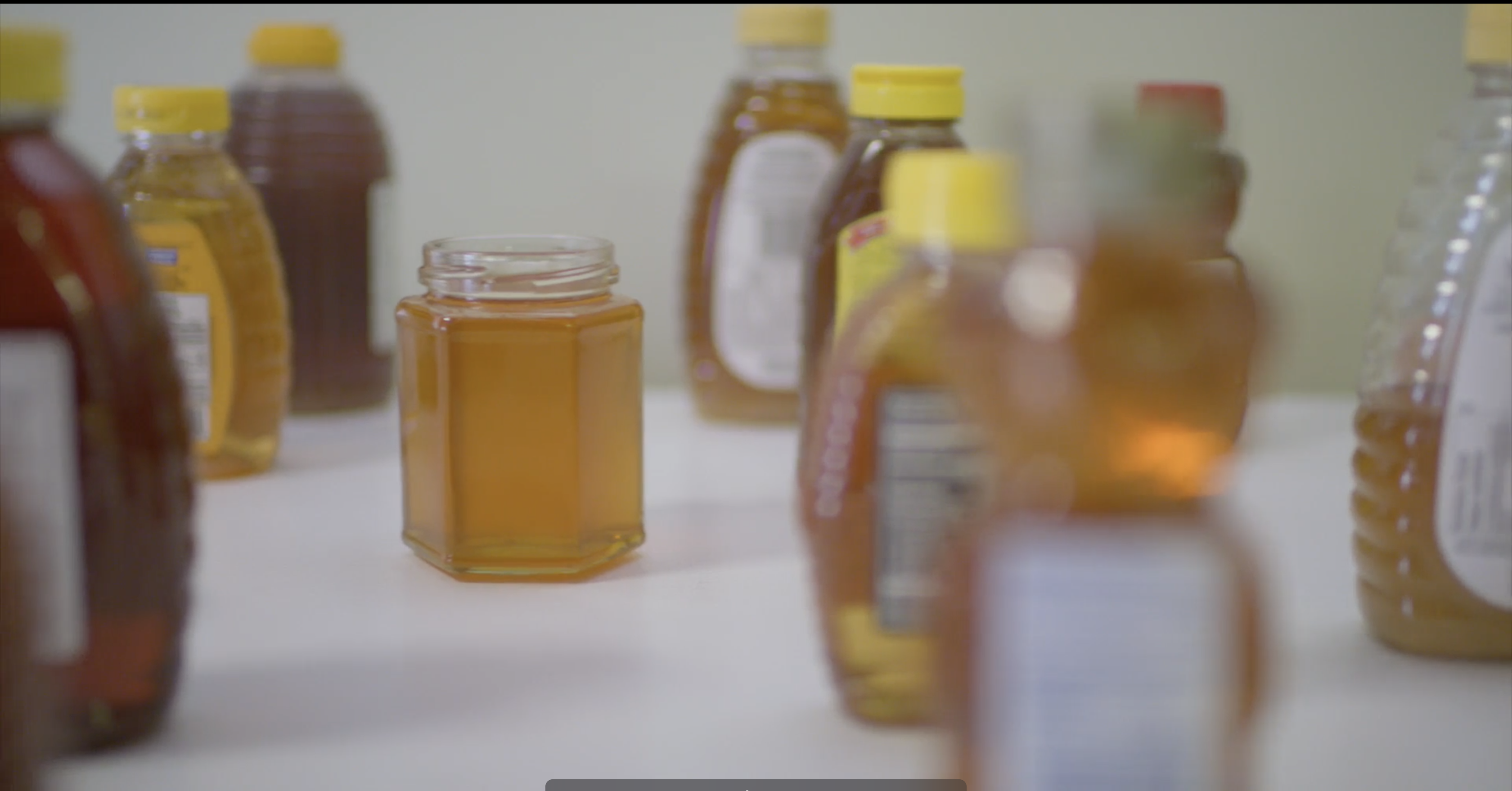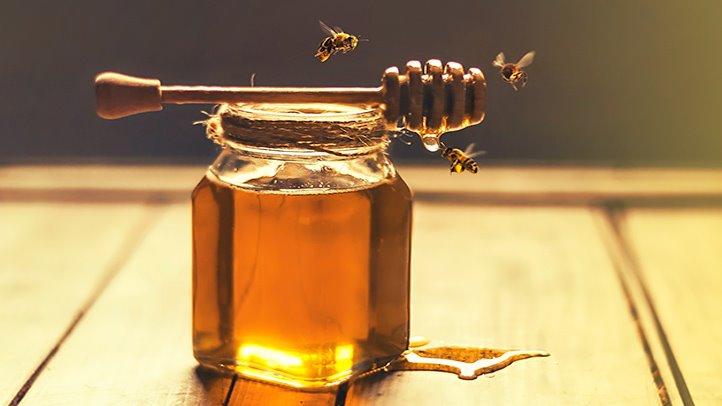Here at True Honey Buzz, we talk a lot about adulterated honey – but what exactly does that mean? The issue of adulterated honey means different things to different people along the producer-to-consumer supply chain. Adulterated honey can be produced cheaply, quickly, and in large volumes, meaning that it can be easily kept in stock and offered at very attractive low prices on supermarket shelves. Producers, such as your local beekeepers, can’t compete with the low prices of adulterated honey without severely undermining their profits. Once on the shelf, consumers may be manipulated not only by the attractive prices of adulterated honey, but also by false claims made on the label, misleading them into thinking that they are getting a product superior to what is actually packaged inside the jar.
Lets talk about some of the common ways that honey is adulterated, and what it means.
Mislabeling
Mislabeling is a form of adulteration, as the value of honey can be determined by its country of origin and/or the floral source from which is was derived. Honey has been found to have mislabeled country of origin on the product labels as a means to avoid paying certain trade fees or get around trade bans. This mislabeling has the secondary effect of misleading the consumers regarding where the honey they are purchasing is coming from. Mislabeling of floral source has also been found, particularly on high-end honey such as Mānuka honey. Authentic Mānuka honey is produced by European honeybees from the nectar of the Mānuka plant in New Zealand, which only blooms for 2 – 6 weeks per year. In 2016, New Zealand produced 1,700 tonnes of Mānuka honey, yet global sales of honey labelled as ‘Mānuka honey’ were estimated at 10,000 tonnes. The logical conclusion is that most of the honey being sold as ‘Mānuka honey’ is not real, authentic Manuka honey.
Dilution
Honey can be diluted with cheaper, lower quality sugar syrups to bulk up the product volume, which can then be sold at lower prices to compete with more expensive authentic honey without sacrificing any profits. Common syrups used for this purpose include high fructose corn syrup (HFCS), beet sugar syrup, and rice syrup. Traces of sucrose syrup, a common feeding component for bees, may also be present in honey if the honey is not harvested at the appropriate time (see ‘Immature Harvesting’ below).
Heat/Filter Tampering
Honey can be adulterated by overheating or filtering it to remove floral and geographical biomarkers. Resin technology is a method of filtration by adsorption, which removes contaminants and antibiotics from honey – making it such that they cannot be detected by chemical analysis. This filtration process also removes pollen, which is used to determine the floral source from which the honey was derived, making it easier to get away with mislabeling. Resin technology can also remove any enzymes or chemicals that many consumers desire, as they may provide health benefits.
Immature Harvesting
Sucrose syrup is a bee feed used when there is a shortage of stored honey to prevent colony starvation. Sucrose syrup is the most common and preferred sugar for bee feed, as other products may contain substances that would cause adverse effects to the health of the colony. This bee feed may also promote breeding in the hive, and increase the number of bees foraging for nectar and pollen. Sucrose syrup is commonly provided to the bees early in the season, when the weather is still too cold for sustainable bee activity, before the bees have produced any honey. As the weather warms up and the bees start producing honey the rate at which they consume any of the left over sucrose syrup slows down (now they’ve got tasty honey to choose from!). If the hive is harvested too early, some of this leftover sucrose syrup is collected along with the honey.





Leave A Comment